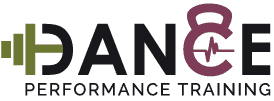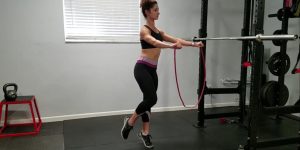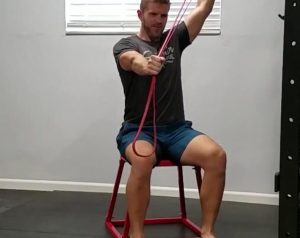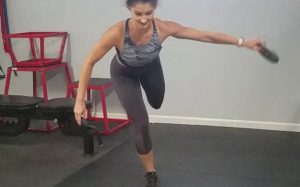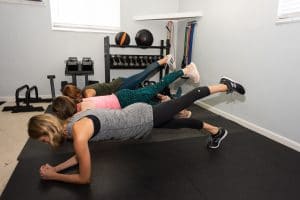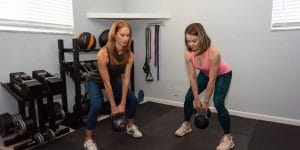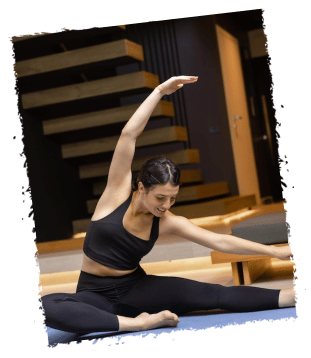Fix It Friday will feature common injuries/difficulties in dancers with a few tips to improve or prevent them!
This is phase 1 of our Flexor/Abductor Hallucis Strain series as we complete rehab with Xavi!
Not a super common injury, though when it does come up, very commonly misdiagnosed as “plantar fasciitis”. As was the case with my patient Xavi Nunez of Joffrey Ballet. When ultrasound & ice wasn’t helping (duh!), we started to gently isolate the small muscles on the inside/bottom of the big toe (Abductor/Flexor Hallucis). Isometrics & eccentrics work here just as well as in the hamstring. Xavi & Danielle Brown of Sarasota Ballet demo a few active movements we included.
Toe Spreaders: Foot flat, lift all toes off the ground, then try to press the 1st & 5th toe down & out from the others. Hold about 5 secs, 5-10 reps.
Banded Toe Abduction/Flexion: These muscles work well together & we mix combining the movement to isolating each of them. Focus on toe going down & away (then just down and just away (abduction)). Initially take slack off as go down (concentric), then increase resistance as slowly allow toe to come back up to get the eccentric strength, before moving on to resistance throughout the whole move. Around 10 slow reps.
Arch Doming: If the arch collapses under weight, these muscles can take the force, so we strengthen the whole arch with this tough move. Danielle makes it look easy but try to bring ball of foot towards heel without flexing toes or rotating the foot. Hold for 5 secs for 5-10 reps.
Every exercise should feel hard, but not impossible. Start with higher reps, then as able, increase resistance as get into the lower rep range. May feel some irritation up to 4-5/10, but shouldn’t persist next day. If so, you’re doing too much.
Repeat these exercises 3 times 3-4 days a week. Can decrease to 2-3 times per week when feeling better & follow the progressions coming up in 2 weeks. If pain is already very high, unlikely a few new exercises will help, you likely need a more specialized program. Fix It just features 2-3 exercises we use for given challenges.
This is not medical advice. This is general exercises performed for this condition. Please seek professional advice for injuries or pain persisting over time. If general exercise gives you pain, you likely need more specific and direct attention. Take care of your body.
To keep up with our vides, follow along here or on any of our social media platforms.
Scott DPT
#BeyondCrunchesandPilés
